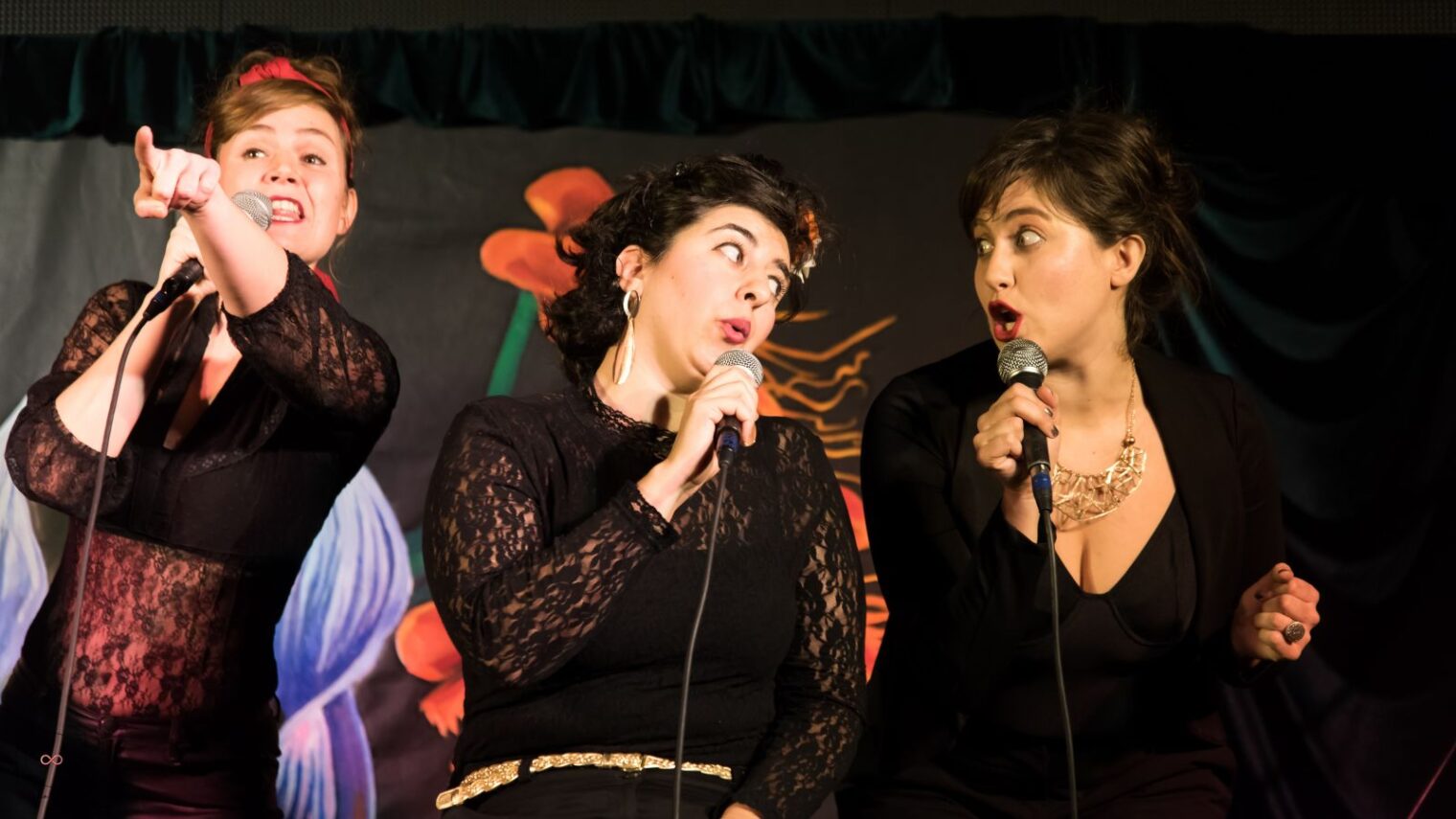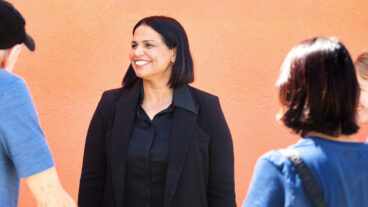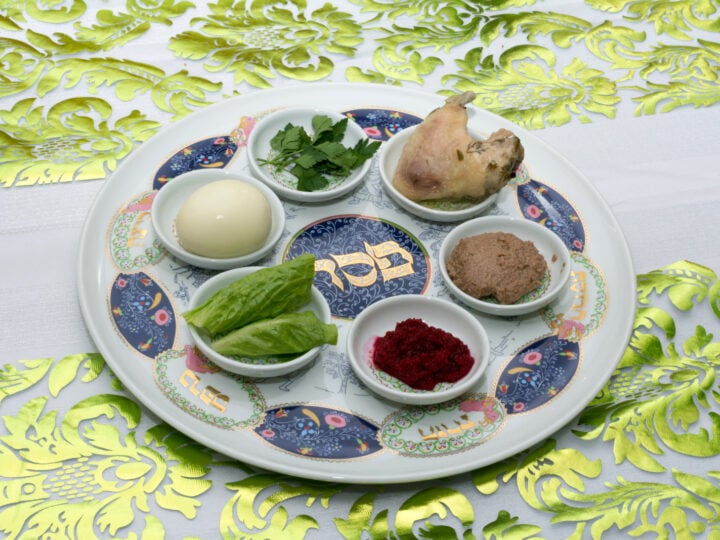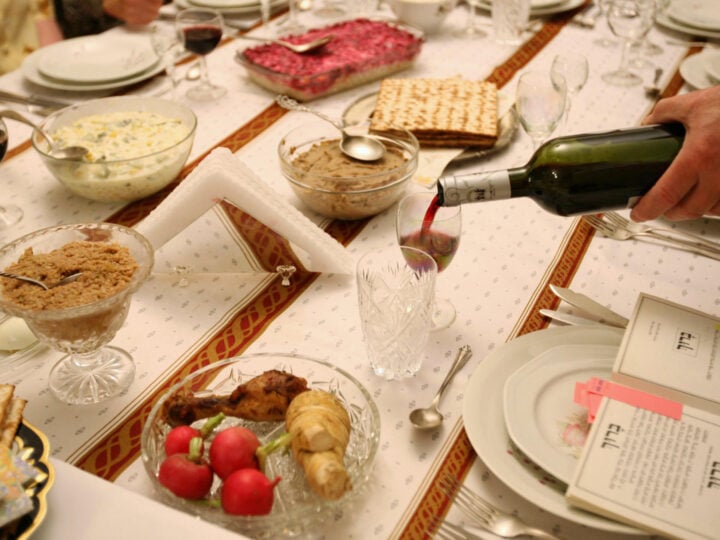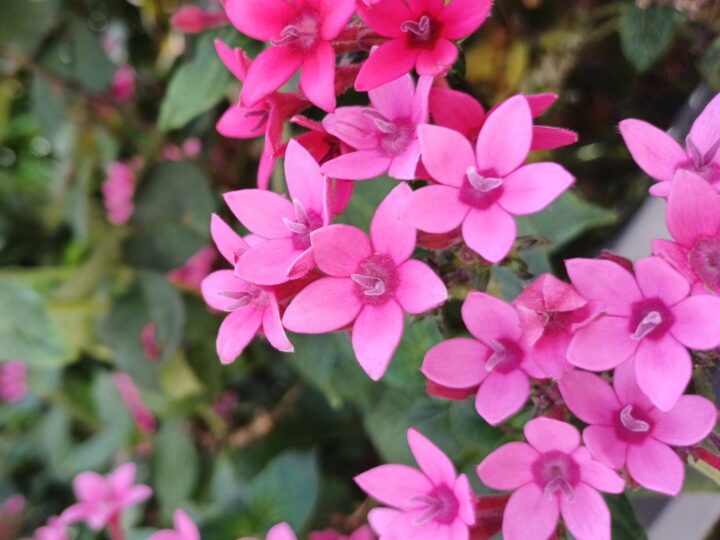There’s no arguing that Tel Aviv is an incredible center of culture. But can locals outside the metropolis enjoy similar high-quality art? And can artists up north and down south make a living?
If the Tarbut Movement has its way, they most certainly will.
“Our vision is that in Israel there’ll be vibrant and lively culture centers all across the country, not only in Tel Aviv,” says Hadas Goldman, founder and co-director of the Tarbut Movement (tarbut is Hebrew for “culture”).
“We saw that most artists move to Tel Aviv, Berlin, New York or London, and aren’t present in places around the country in which there’s a societal need for education in art, culture and cultural centers,” she says of her decision to set up the NGO together with a group of friends in 2006.
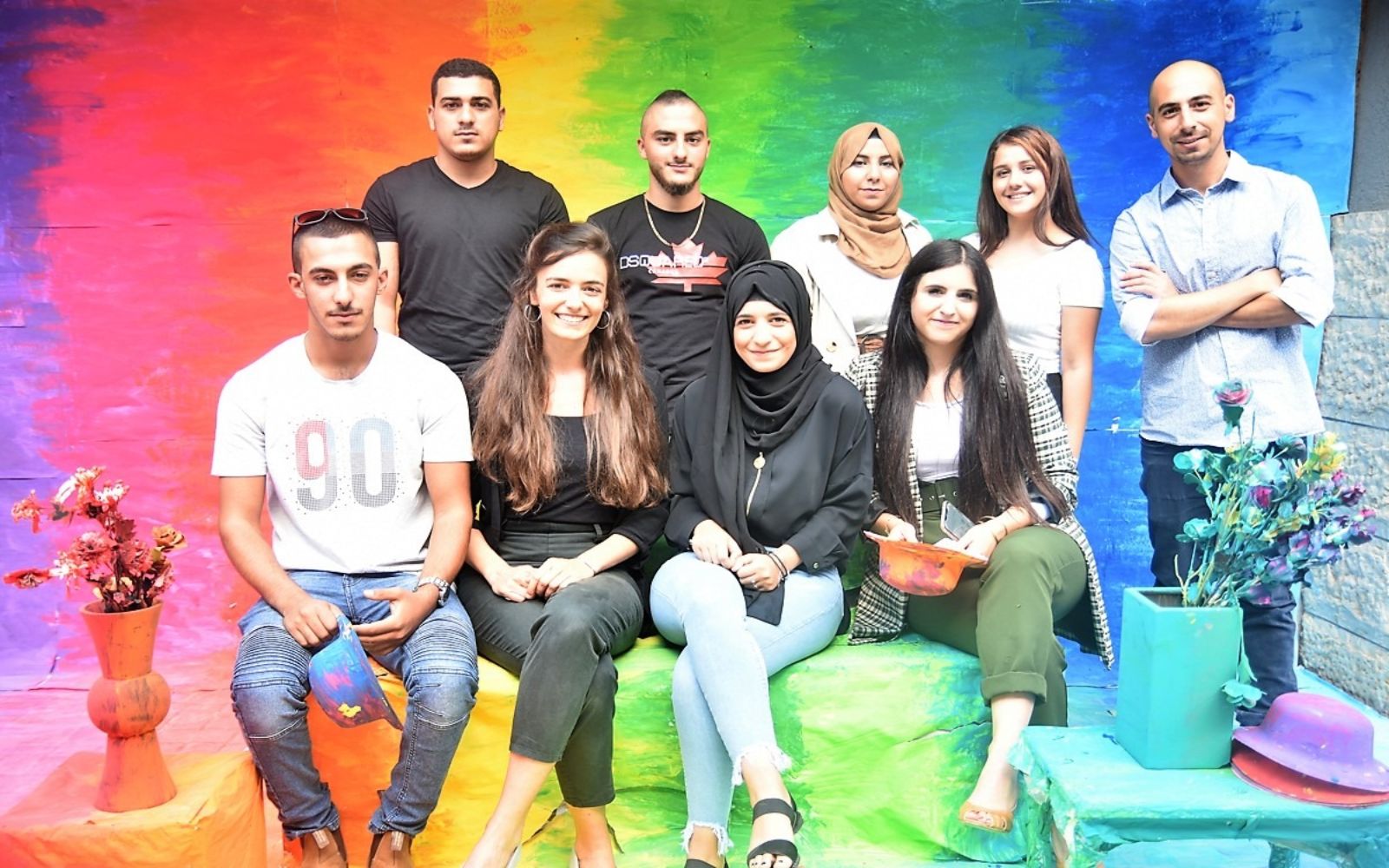
“When we were 20 years old, we decided we’re taking the opposite direction. Instead of going from the periphery to the center, we’re going from the center to the periphery.”
Their reverse migration was inspired by learning about the Zionist movement and the pioneers of early Israel, she says.
“We learned that at the beginning of the 20th century, even before the state’s establishment, there were groups of young people who decided to immigrate to Israel and establish the foundations of what would become the State of Israel.
“We learned those stories and we said to ourselves, ‘Alright, even though there’s a country, thank God, there are still many more social missions that need to be fulfilled.’ Artists and culture figures have a part to play in that.”
Goldman, a Jerusalem native, moved to the northern city of Afula together with Tarbut. The movement now has some 300 alumni comprising communities in Afula, Nahariya, Rishon LeZion, Netanya and Jerusalem.
“Our vision is that there’ll be a permanent settlement of social artists in every neighborhood and city in Israel. Artists who have a social vision and who aim to build the community in which they live,” she explains.
Art for the community in times of crisis
With the outbreak of the coronavirus crisis, Tarbut made some major changes to its regular activities.
“All of our work in the field of education was more or less disabled,” Goldman says. “We shifted all our activity online.”
“There were loads and loads of activities for youth, adults and the elderly that took place on Zoom and WhatsApp and all kinds of other formats,” she says. “I very much hope that we’ll be able to return to real-life activity by the end of June and to go back to summer activities as much as possible.”
In the meantime, Tarbut community members focused on aiding local elderly people, providing them with food, medicine and moral support. They also collaborated with the Education Ministry and operated small daycares for the children of medical workers, mostly around hospitals in Haifa, the Western Galilee region and Jerusalem.

Urban art communities
But how does Tarbut get artists to pack up and leave the concrete jungle that is Tel Aviv in favor of greener pastures?
“We set up a track that starts off with children and teens. We have a youth movement that operates across the country and which then continues with a national service program and military service in the Nachal,” she says, referring to a brigade that incorporates community work with active duty.
“When they finish their Nachal service, those who leave the army and choose to do so set up a new community somewhere in the country,” she says.
Some 2,500 children and teens take part in Tarbut’s youth movement, and another 120 young people participate in its pre-army national service year. Some 40 to 50 alumni create new communities each year, developing what Tarbut calls “urban art communities.”
“What they do on a local level is establish cultural institutions such as galleries and theaters as well as culture and art events,” Goldman explains. “They unite the community.”
To support these artists in their communities, Tarbut provides the necessary infrastructure for business development. The organization offers financial and legal services made possible through government and local authority funding, as well as donations from Israel and abroad.
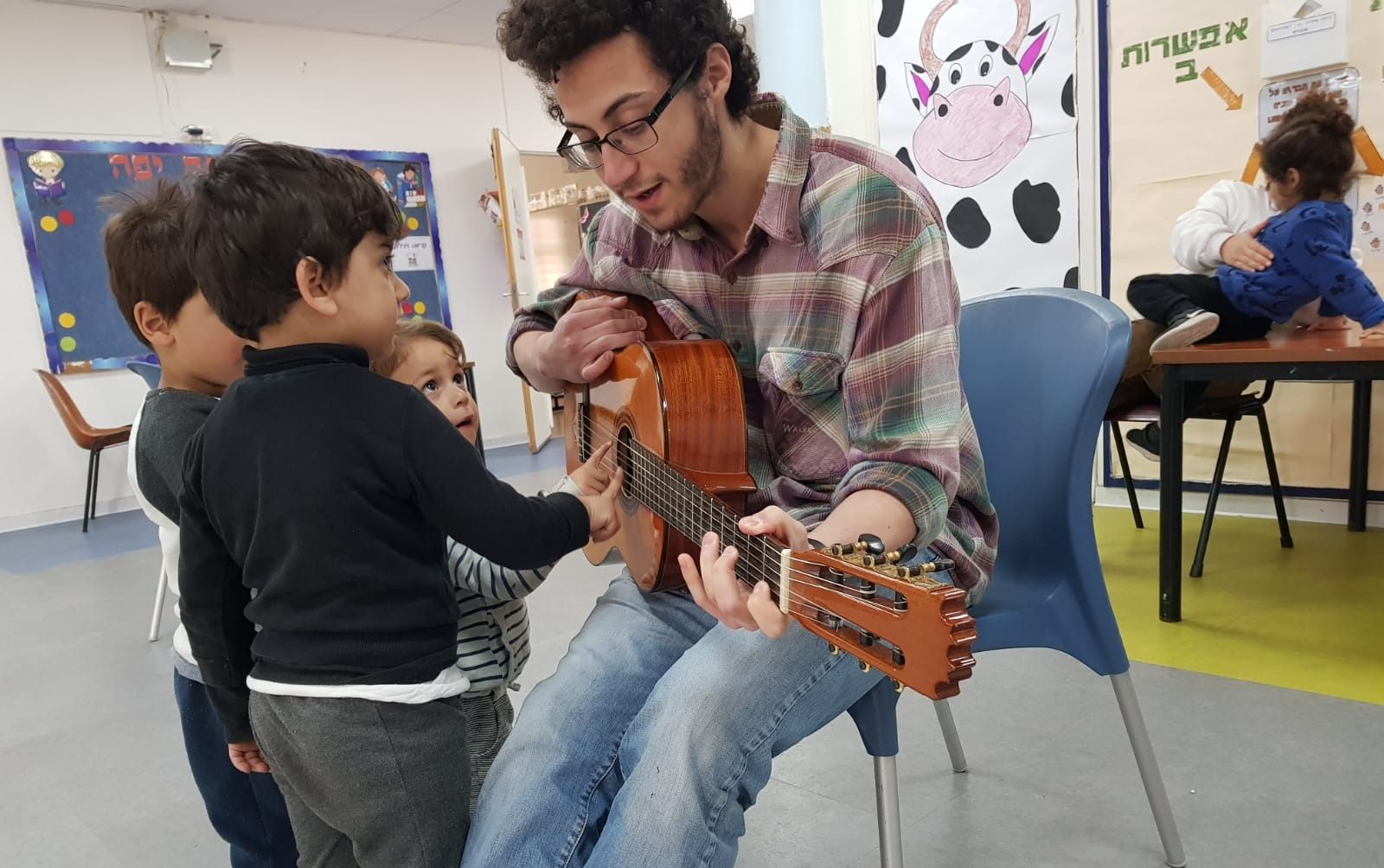
Operating in 8 Arab-Israeli towns
“It’s a crazy mission to actually bring people to live in these places and not only for a year or two,” Goldman says. “There’s a very long educational process here.”
Four years ago, Tarbut started expanding its work to Israel’s Arab community.
“It was at the time of the ‘knife intifada’ that was happening, and which started in Afula. We thought about our response to it as a social movement. We decided we want to use the tools of culture and art and our tools of working with children and teens to answer this,” Goldman says.
Tarbut’s youth movement now operates in eight Arab-Israeli towns.
“It was very, very challenging because we had to expand our operating system – Arab artists, Arab educators,” Goldman says. “Together with them, we built a model of youth art clubs in the Arab community. When we opened, it was a huge success.”
Last year, Tarbut opened the Riada Institute, a national-service program for Arab-Israeli teens who’ve finished high school. It has already grown from eight participating fellows to 32.
Asked what she’s like to convey to a young child or teen contemplating joining Tarbut, Goldman is quite clear.
“I’d tell him what I told myself and what I tell the guys each year. As the young generation in Israel we have a role, and it’s our privilege to shape our society’s future,” she says.
“And that everyone deserves culture and art. And that it’s fun.”
For more information, click here




